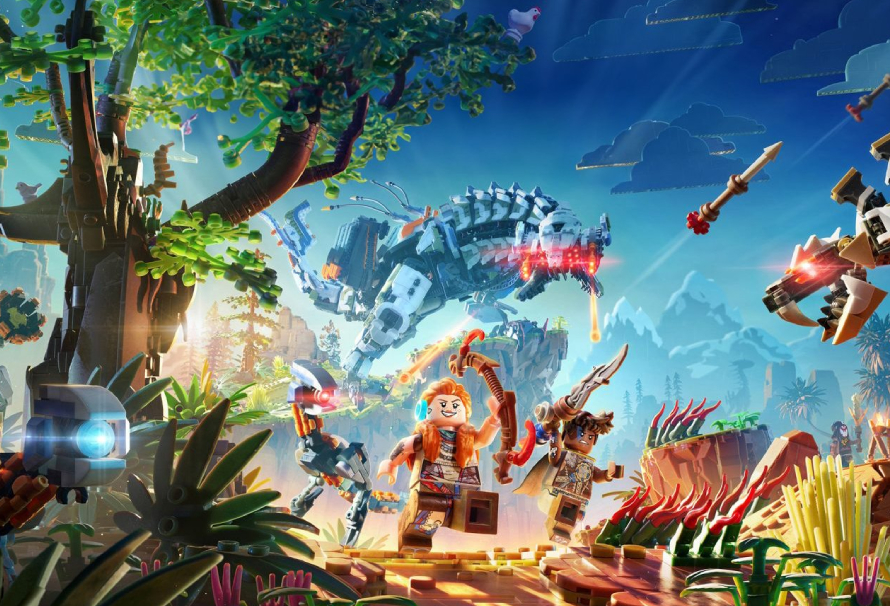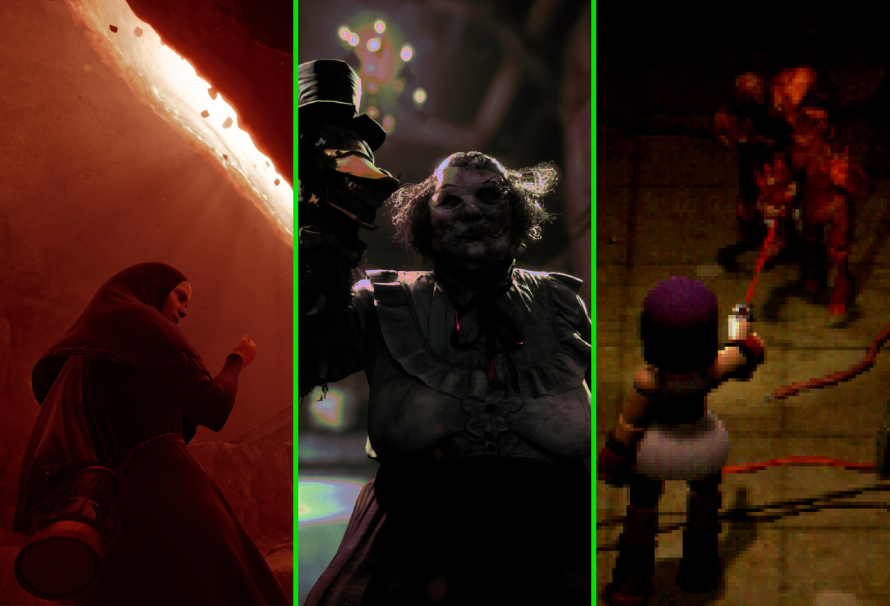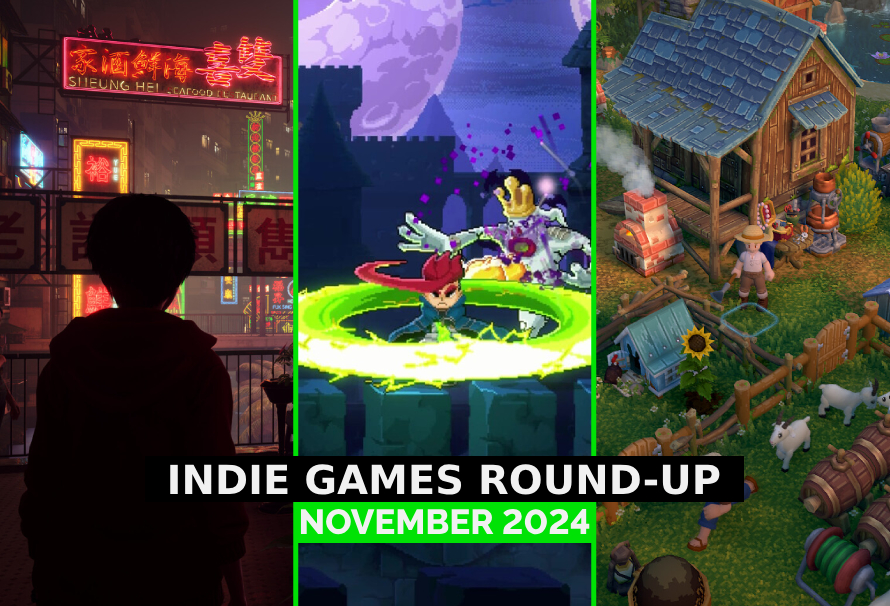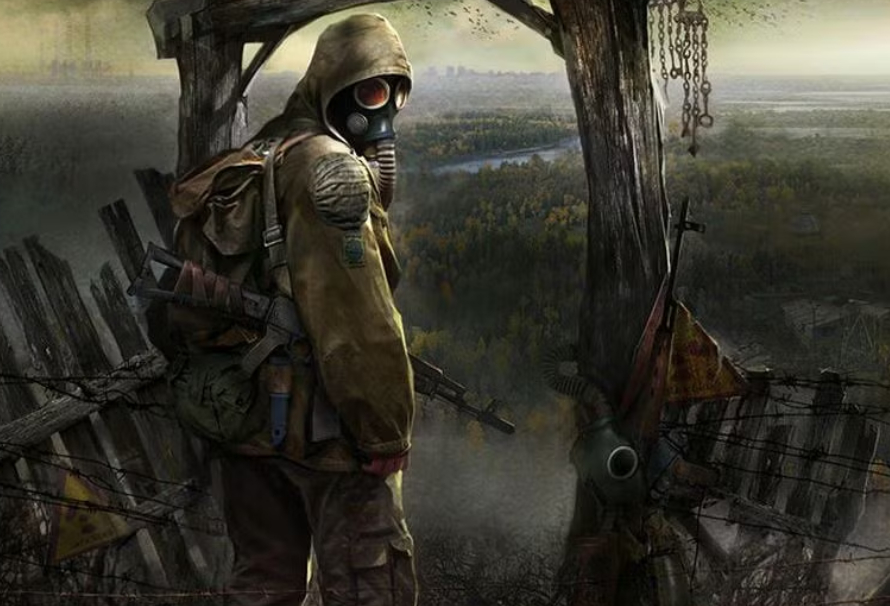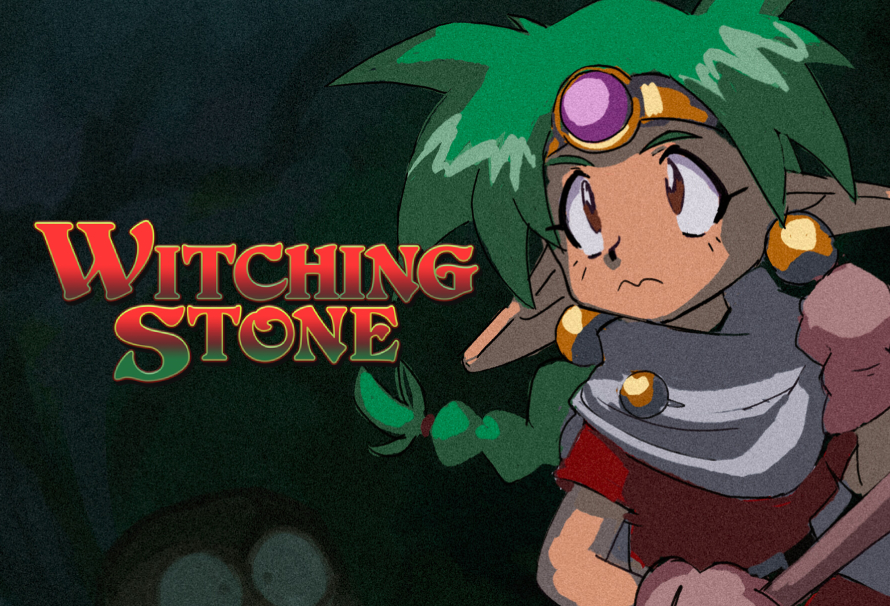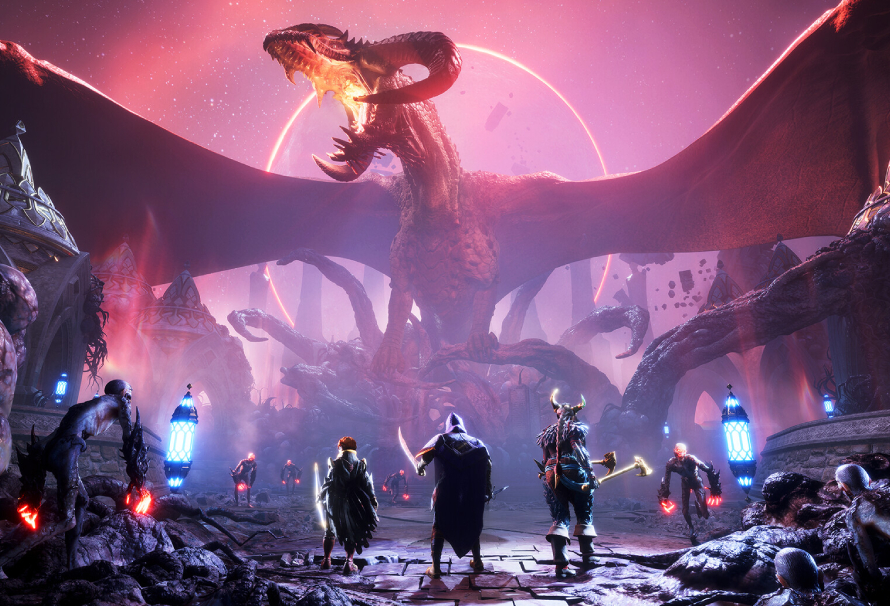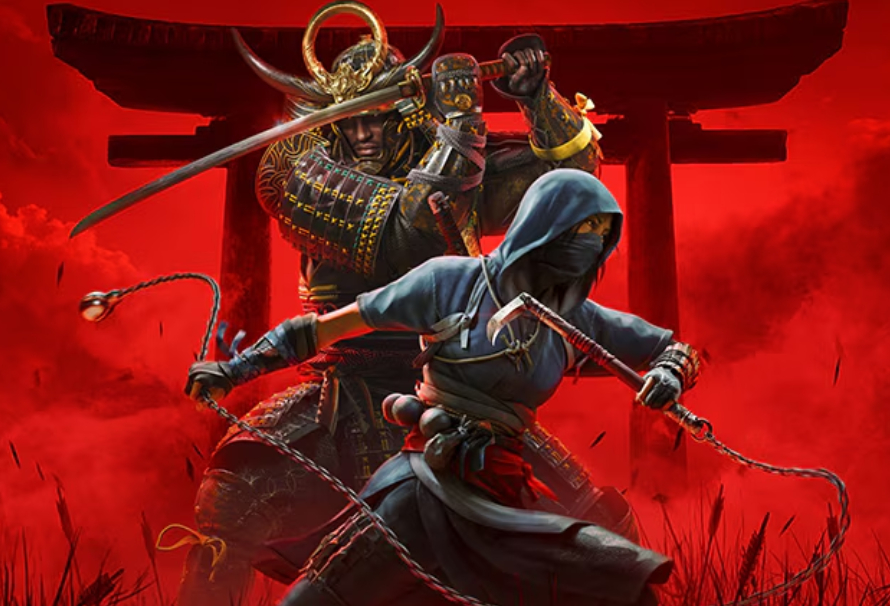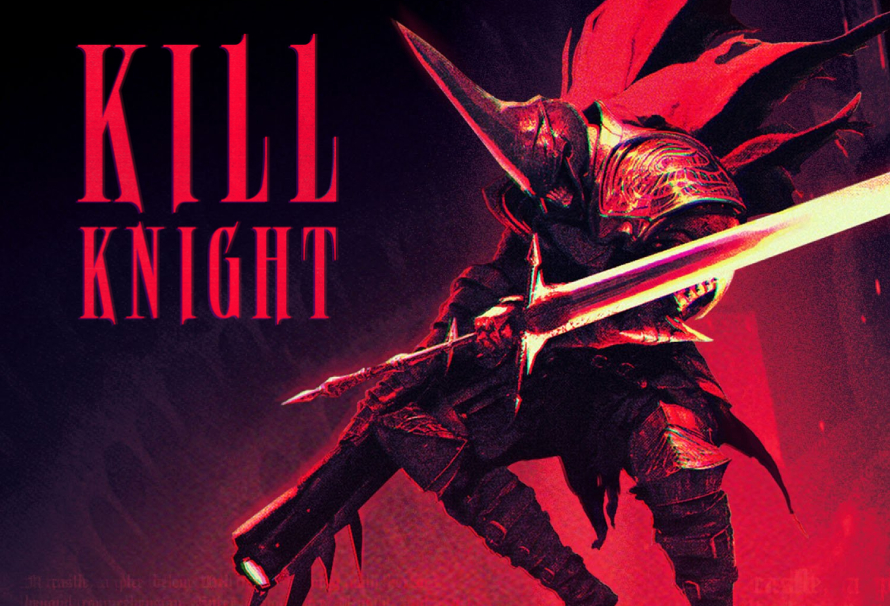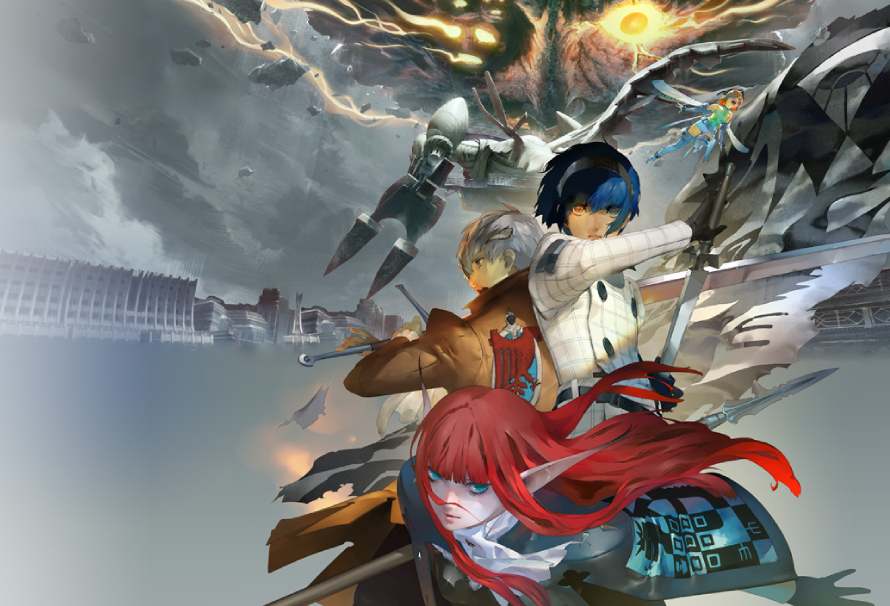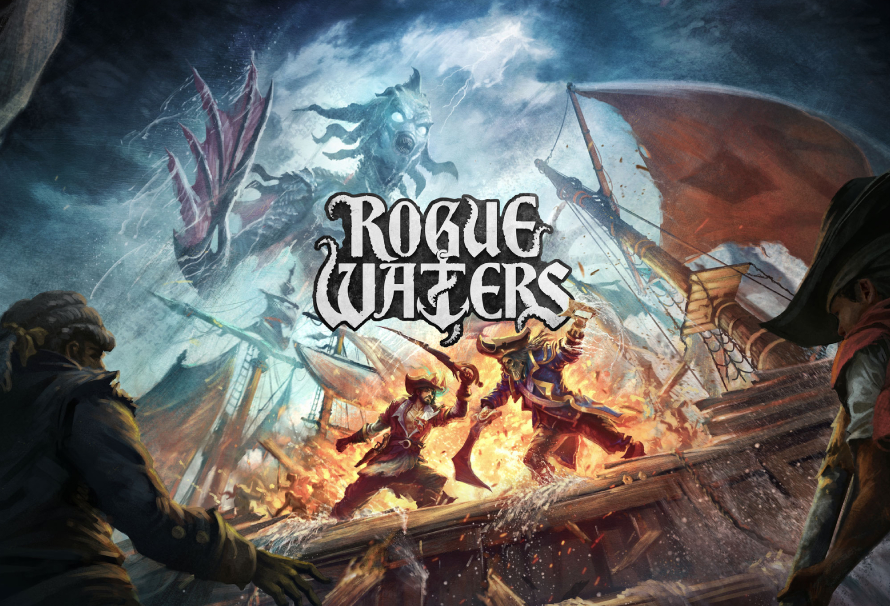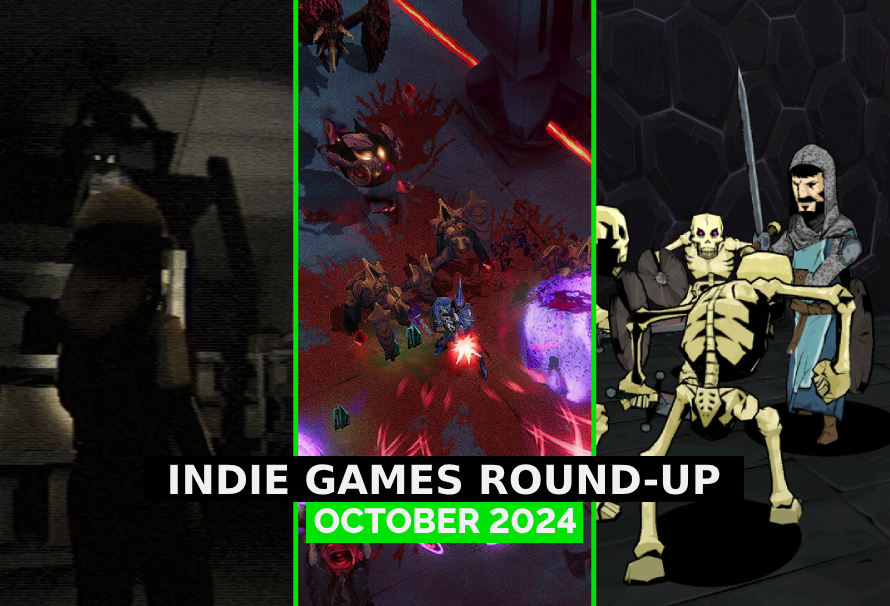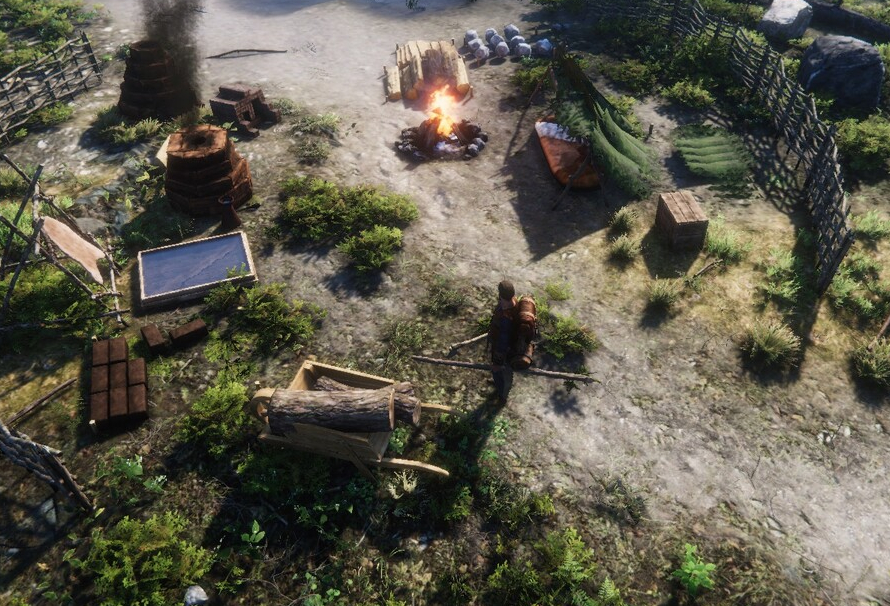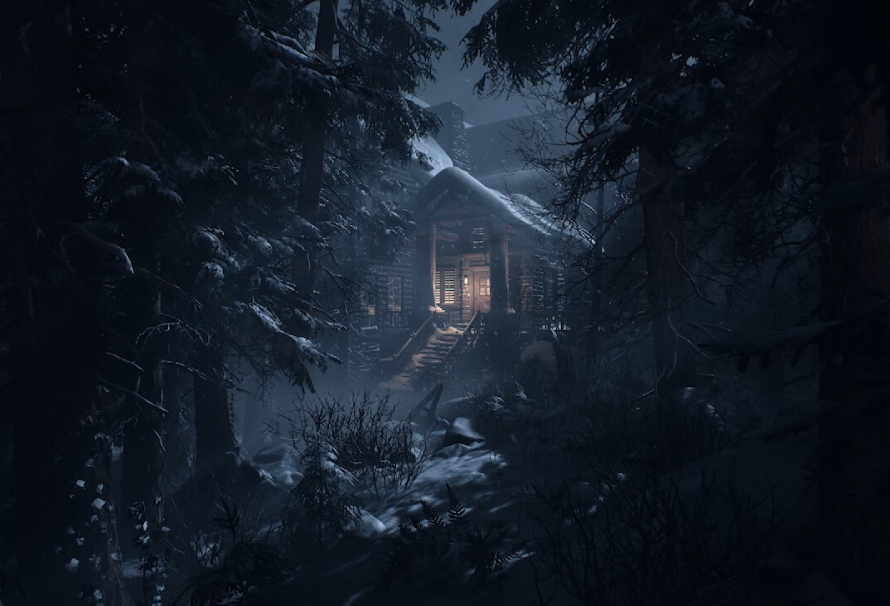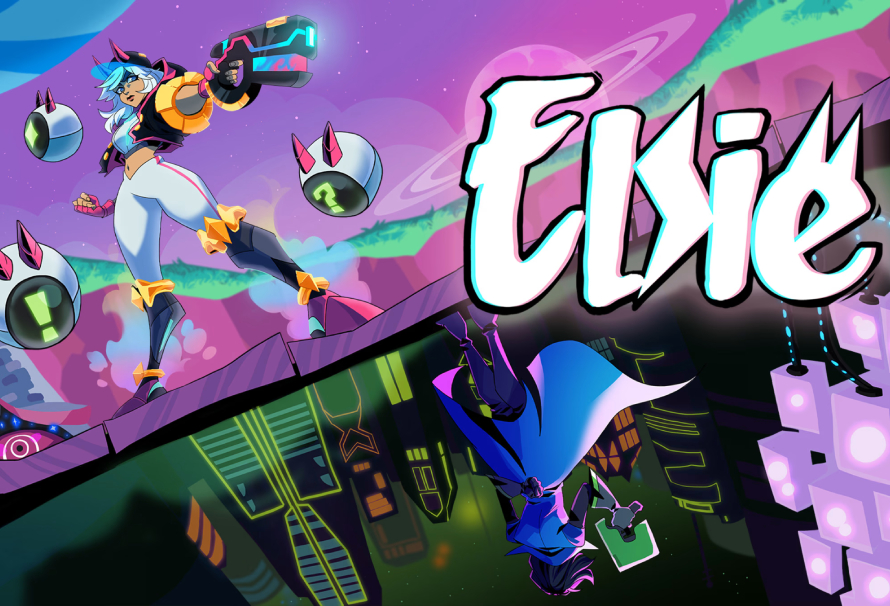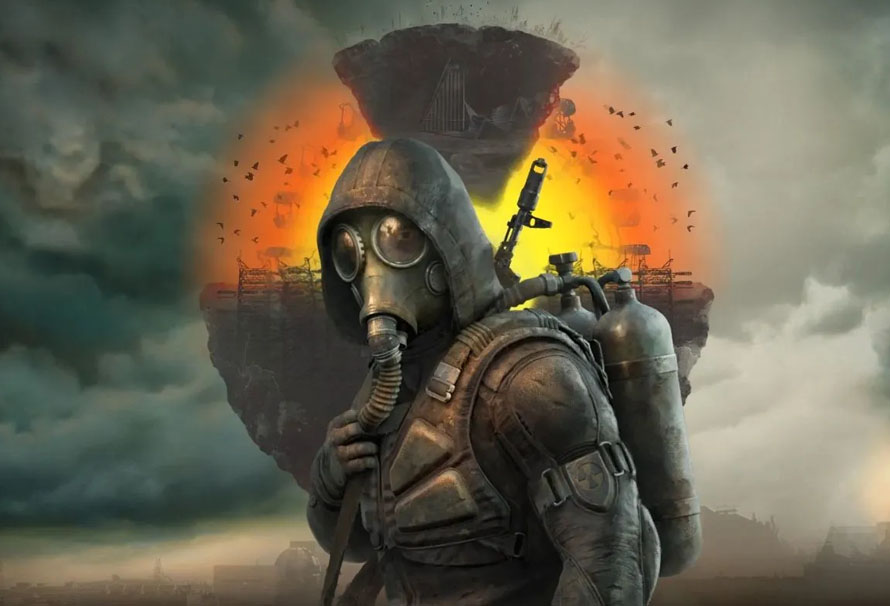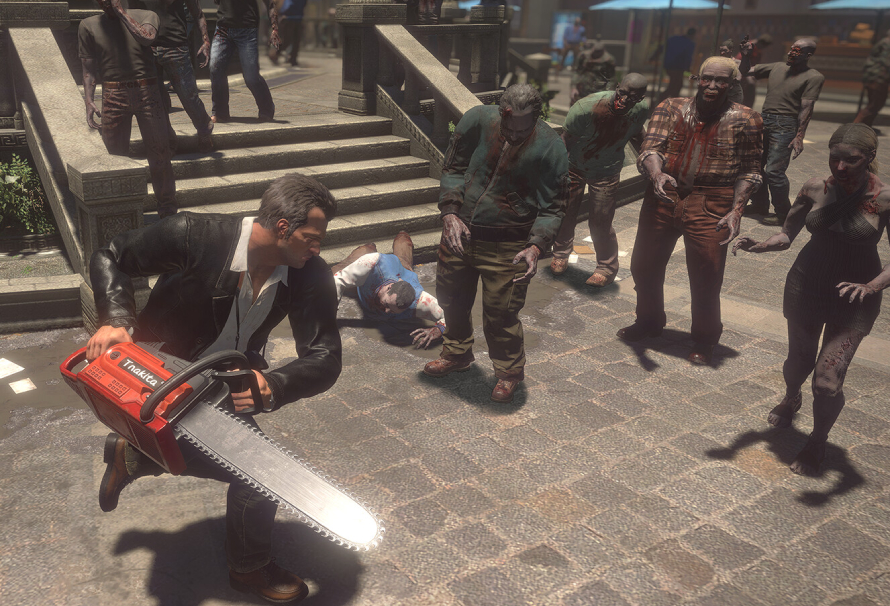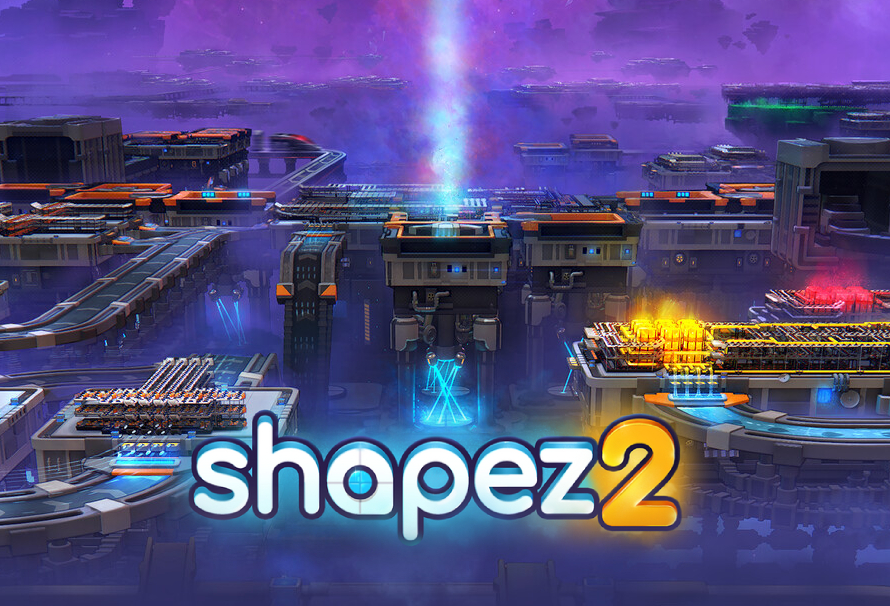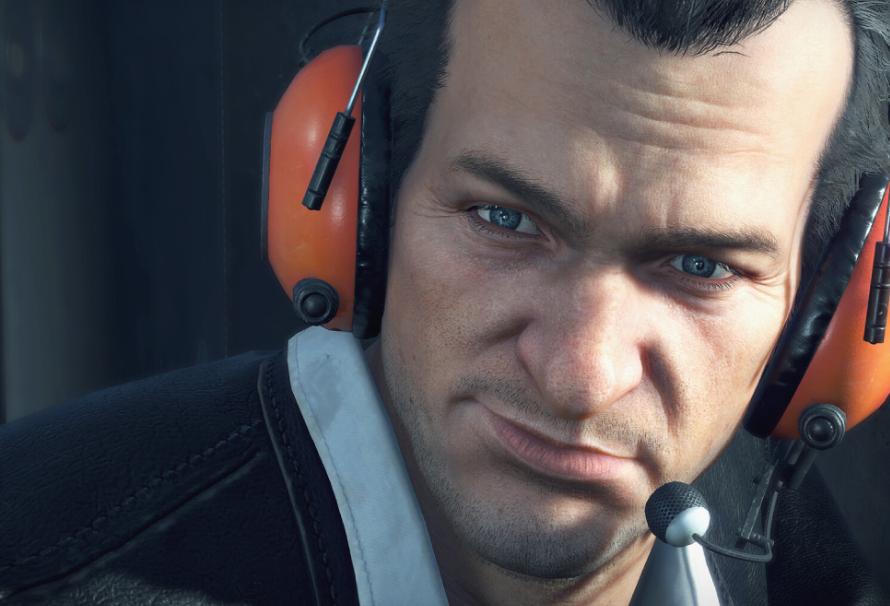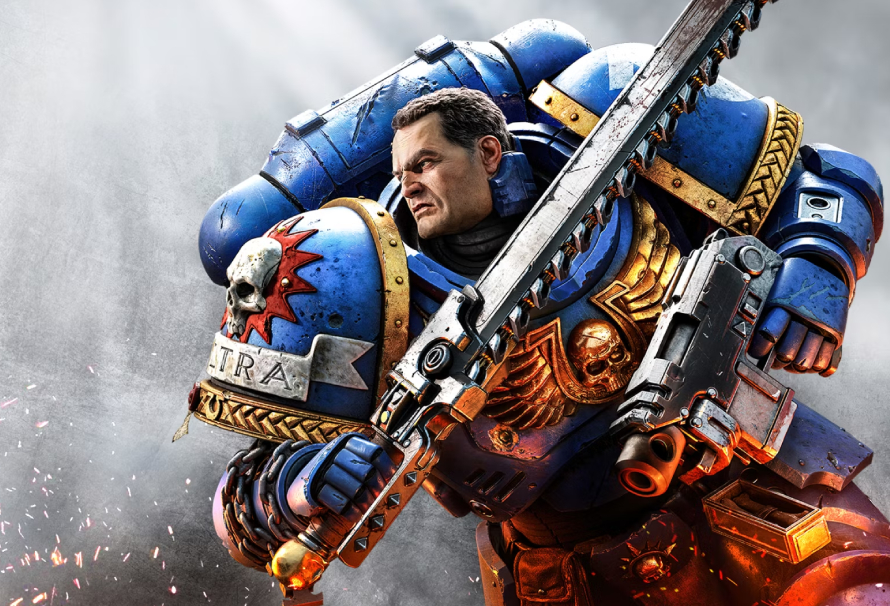LEGO-licensed video games have arguably been one of the most prolific series in the games industry for the past couple of decades. Truly getting its momentum with LEGO Star Wars back in 2005, the house that the plastic bricks built would soon bring other popular franchises into its fold such as Indiana Jones, Harry Potter, The Hobbit and many others. The latest attempt at this veritable kaleidoscope of tie-ins is LEGO Horizon Adventures, and though it might look like a typical Lego mash-up at first glance, LEGO Horizon Adventures is a fair bit more than the sum of its licensed parts.
The Best Looking LEGO Video Game Ever And It Isn’t Even Close

From the first time we set our eyes on LEGO Star Wars, it was clear that developer Travellers Tales knew precisely how to translate the look of LEGO into video game form. With LEGO Horizon Adventures, however, new outfit Studio Gobo has taken things up several notches and then some. Put simply, from a visual fidelity perspective Aloy and the worlds around her look like they’ve all been pulled directly from a LEGO CG movie, such as The Lego Movie, for example. Everything from the slightly goofy-looking animations to the light shining off the plastic of LEGO characters and even the individual details on each LEGO brick – all of it hasn’t looked as good as it does this time round. Make no mistake, LEGO Horizon Adventures sets a new visual benchmark for Lego video games going forward.
An Intriguing Glimpse At A Non-Open World Future For Horizon

Until now, every major title in the Horizon franchise has embraced a similar, open-world action RPG remit. As such, it’s extremely interesting to see LEGO Horizon Adventures go in almost entirely the other direction by prescribing players a decidedly more linear digital realm to explore, albeit with the occasional branching paths. With its welcomely bite-sized, isometric levels that clock in at a good twenty minutes or so, LEGO Horizon Adventures is ideal for time-sparse gamers in such a way that the hundred-hour-plus Horizon Zero Dawn and Forbidden West games might not be. Most interestingly though, this approach also opens the door to what a non-formula Horizon game might look like should franchise creator and steward Guerrilla Games decide to expand the epic series beyond its increasingly shopworn open-world trappings.
LEGO Horizon Adventures Maintains The Essence Of The Horizon Franchise With Verve

If there has been one common thread with many LEGO tie-ins, it’s that they are often LEGO games first and then whatever licence they have taken on second. The opposite is very much true here, however, as Team Gobo has done a fantastic job of infusing the very essence of the Guerrilla Games epic franchise into LEGO Horizon Adventures; veterans will immediately be able to recognise key mechanics and gameplay cornerstones, while newcomers can get stuck in quickly. Everything from Aloy’s trusty bow to the traps and gadgets she can use to tackle the machine horde, to striking from cover in thick grass and more besides – it’s clear that LEGO Horizon Adventures is a Horizon game first and a LEGO game second.
A Co-operative Horizon Adventure For Everybody

Of course, being a LEGO tie-in, LEGO Horizon Adventures brings cooperative play to the table and in a first for the Horizon series, LEGO Horizon Adventures allows friends (either locally or online) to collectively tackle the machine menace and uncover the mystery behind Aloy’s origins. In practice, this not only makes LEGO Horizon Adventures a much more sociable affair but coupled with the bite-sized stages and easy-to-grasp mechanics, it also makes Studio Gobo’s debut Lego effort a prime prospect for gamers of all ages.
Not Being Serious Is A Great Thing

Another part of the LEGO game DNA that is keenly felt in LEGO Horizon Adventures is the comic freewheeling and outright hilarious tone that can be felt in every single area of the game. Where LEGO Horizon Adventures feels different in this regard when compared to other Lego video game tie-ins, however, is when you consider the source material. Certainly, when you look at the likes of Harry Potter and Indiana Jones, there is already a degree of levity baked into those franchises. With Horizon Zero Dawn and Forbidden West however, both titles are arguably much more po-faced affairs and so being bombarded with constant slapstick, snappy comebacks and with many of the original Horizon actors reprising their roles in comic fashion (Aloy’s own voice actor, Ashly Burch, is clearly having a riot here), LEGO Horizon Adventures succeeds in crafting a Horizon adventure that is breezily amusing in ways that the franchise just has never been. Great stuff.
LEGO Horizon Adventures Succeeds In Bringing New Eyeballs To Both Franchises

Given the breadth of the Horizon games, as hundred-hour plus, open-world action-adventure RPGs, it’s reasonable to posit that such game design won’t necessarily appeal to everyone. Likewise, since the relatively high-profile release of LEGO Star Wars back in 2005, LEGO tie-ins have also suffered somewhat from a sameness which despite the relative uniqueness of its licences, likely has done little to entice people outside of its sphere. With LEGO Horizon Adventures then, it really feels like Studio Gobo has hit upon some sort of magical formula. Not only does LEGO Horizon Adventures brilliantly channel the essences of both the LEGO and Horizon franchises it’s also true that LEGO Horizon Adventures simultaneously feels much more than the sum of its parts. Certainly, if you’ve never played a Horizon game before or you’ve never indulged in a LEGO video game tie-in up until now, LEGO Horizon Adventures represents that rare beast which demands no prior knowledge of either franchise and yet will reliably create new players and fans for each on account of simply how downright fun and compelling it is. A proper best-of-both-worlds scenario which finds itself independently elevated as a result, LEGO Horizon Adventures is the most essential video game tie-in in years.

